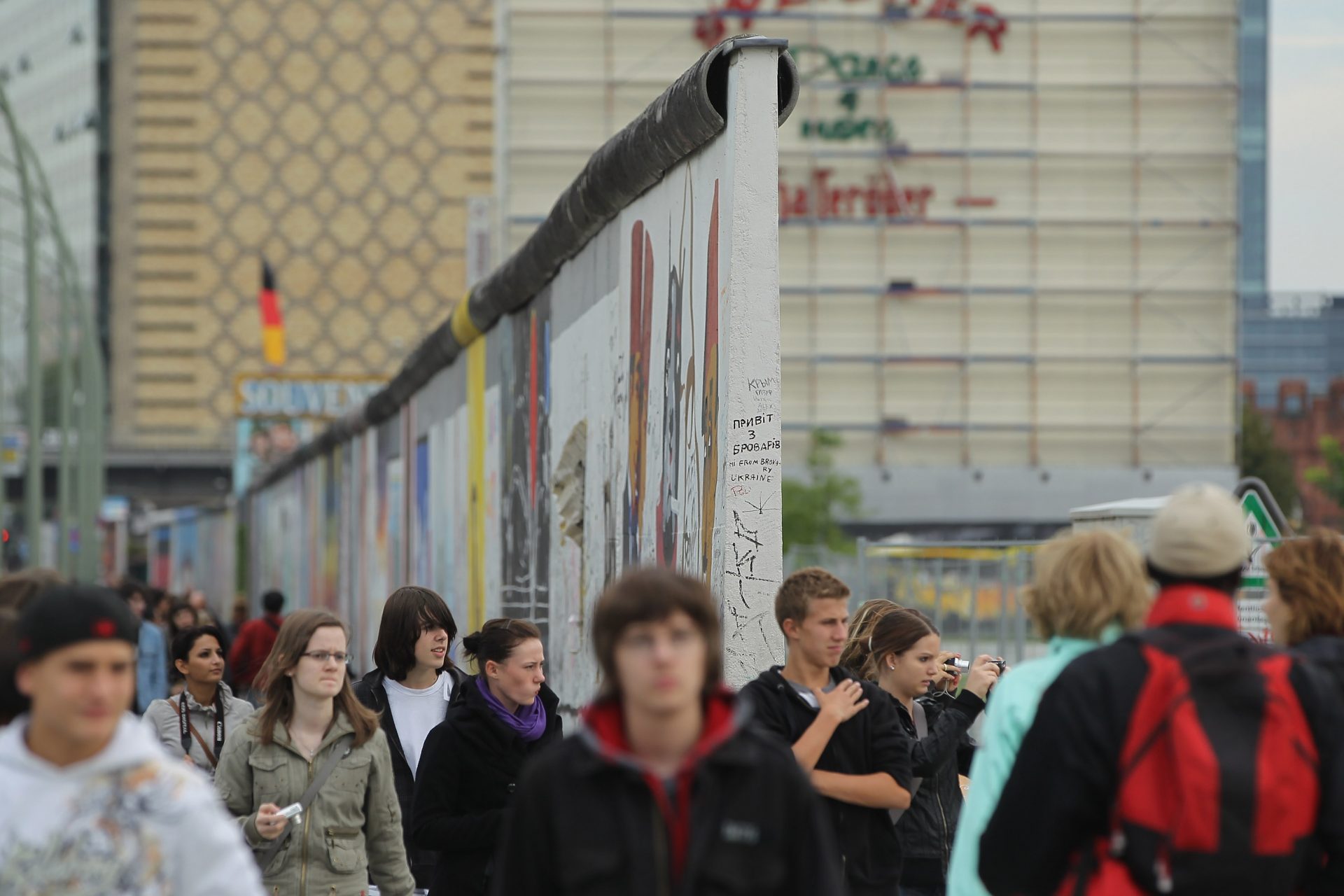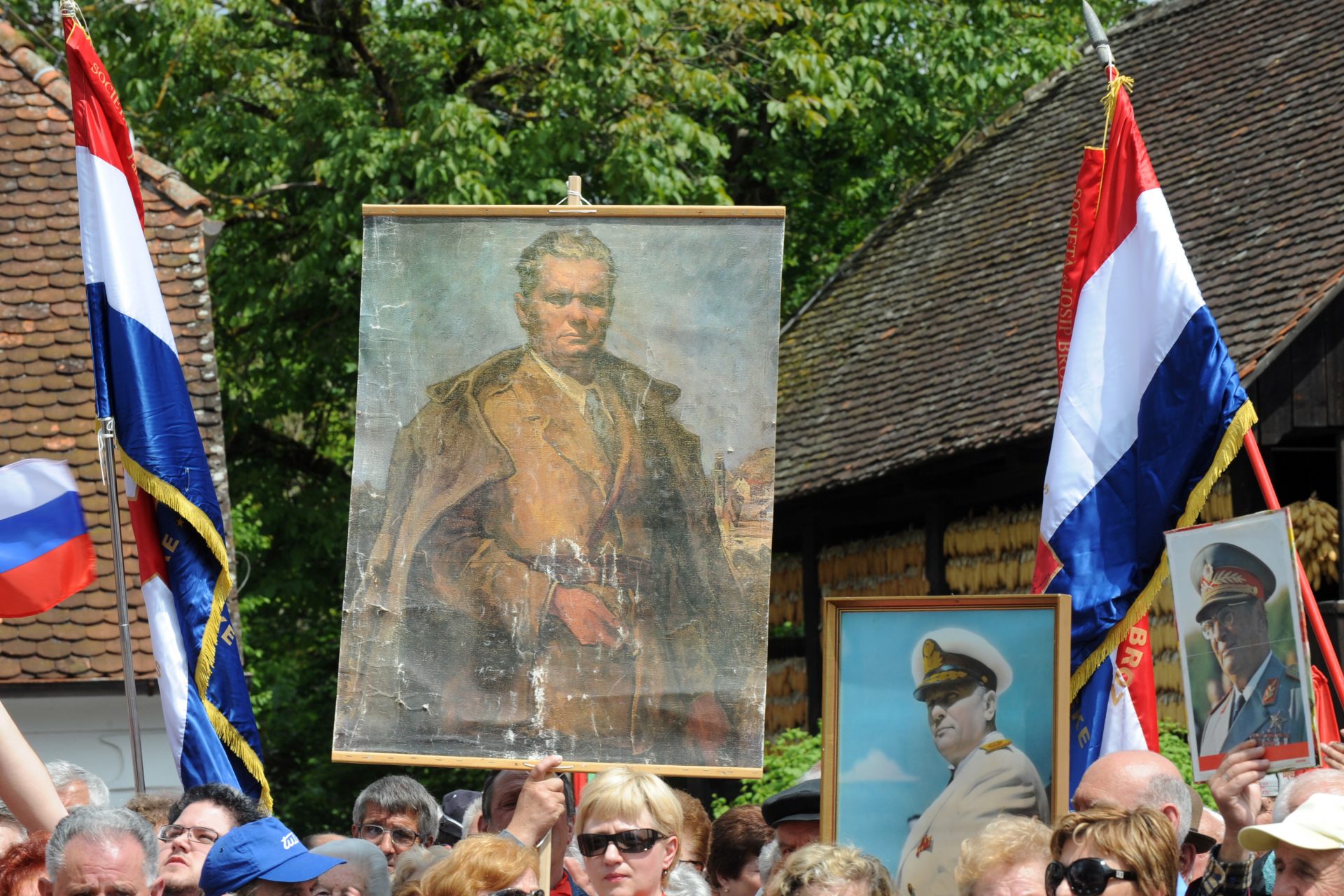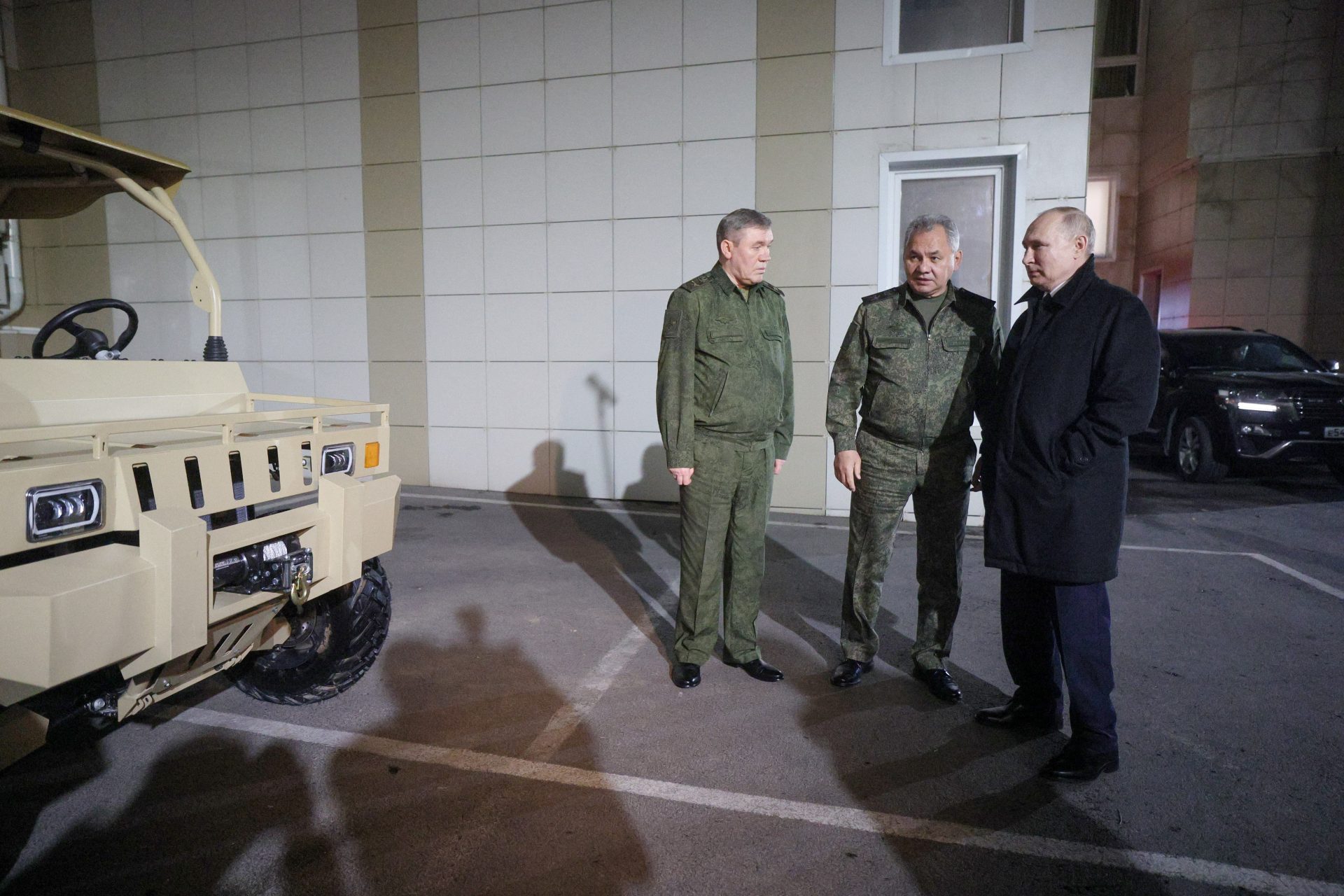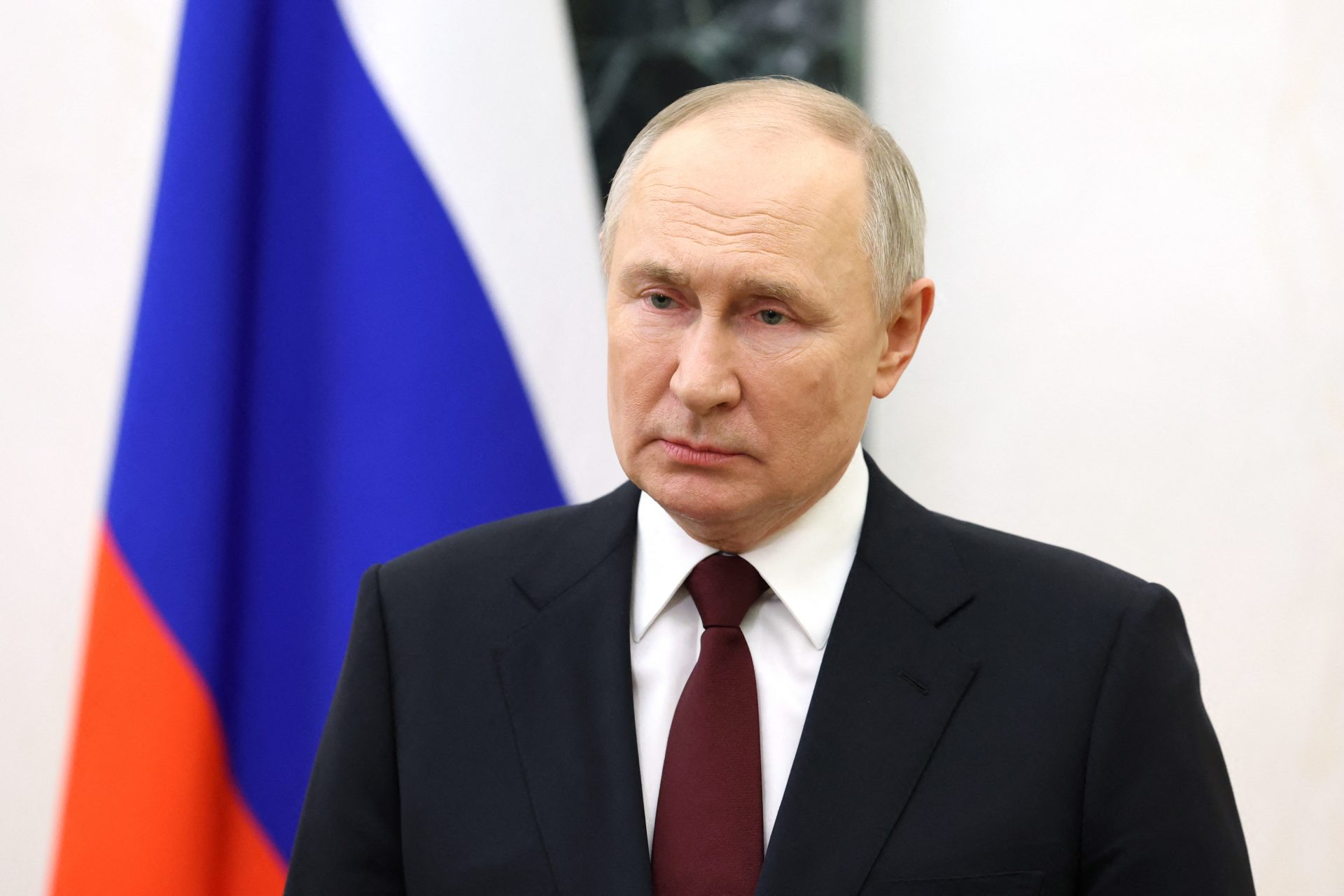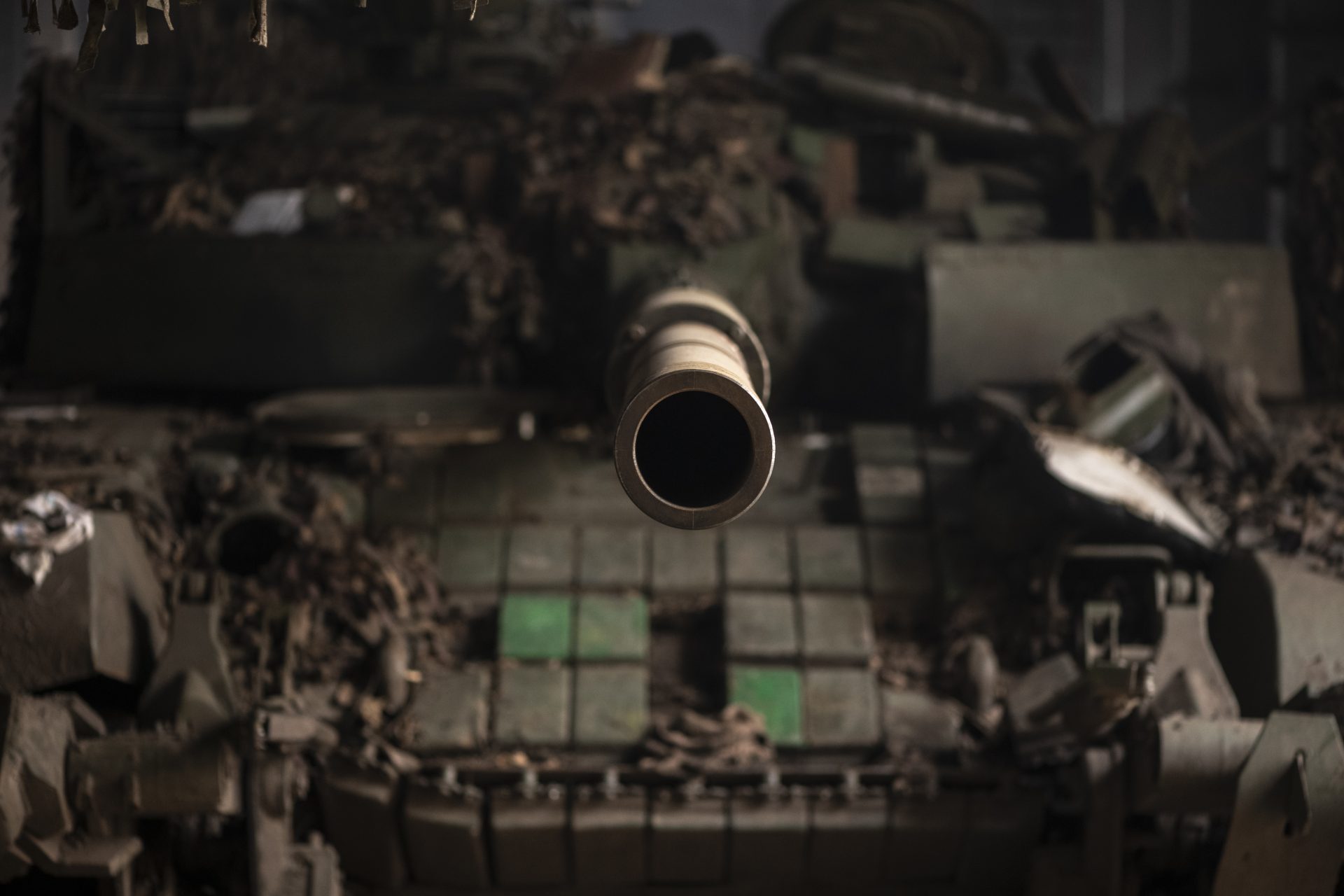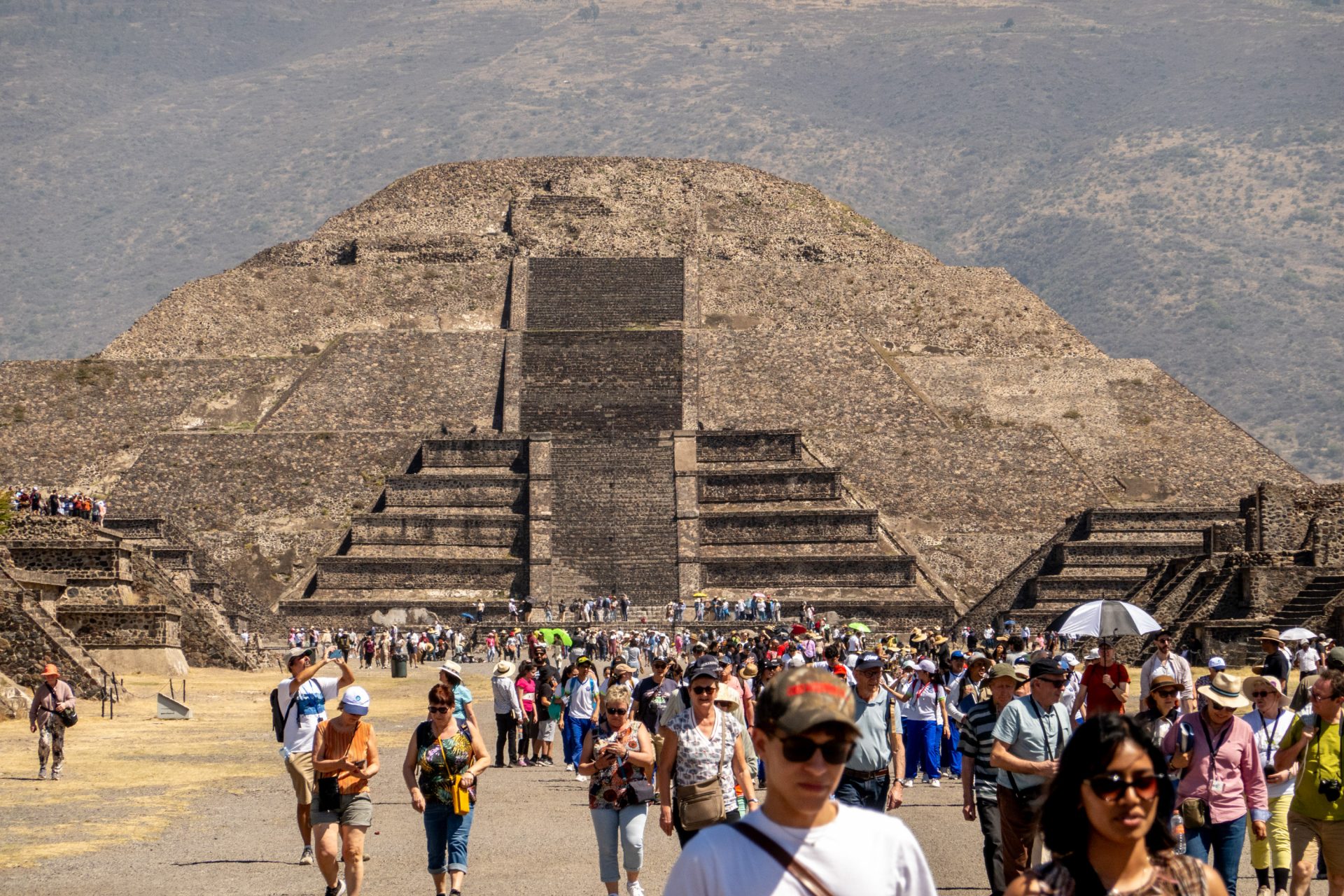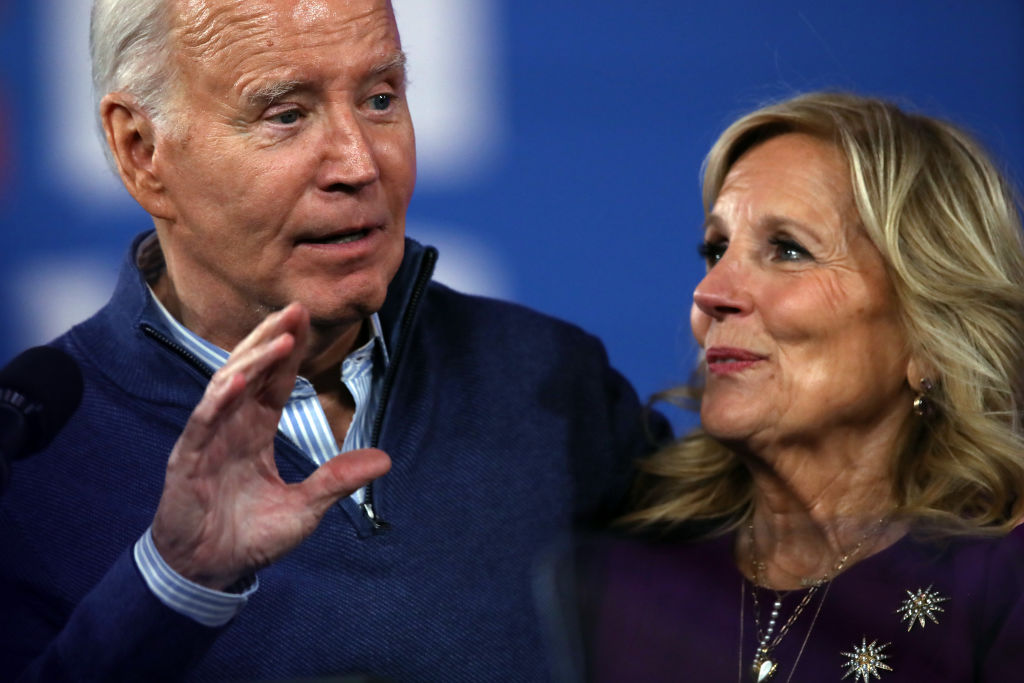Dis-united States: Countries that have merged or split in the past decades
In 1990, Germany was reunited as one nation after being split between the Western-aligned Federal Republic and the pro-Soviet Democratic Republic.
The reunification process was carried out in less than a year after the fall of the Berlin Wall in 1989.
The German reunification occurred in a time when many changes were happening in Europe due to the end of the war, including in geography. However, Germany is unique because it merged two states, instead of getting divided into newer nations.
Whatever the situation, it always seems difficult to imagine how one country can become part of another, or suddenly one nation becoming split into different territories. Here are some examples.
The end of the Cold War put meant the dissolution of the Soviet Union in 1991. European countries such as Lithuania, Latvia, Estonia, Belarus, Ukraine, and Moldova, gained independence.
The breakup of the USSR also created new independent republics in the Caucasus, such as Georgia, Armenia, and Azerbaijan, and in Central Asia: Kazakhstan, Uzbekistan, Turkmenistan, Tajikistan, and Kyrgyzstan.
The disappearance of the Eastern bloc also had repercussions in the Balkans, in the south-east of Europe, with the dissolution of the Socialist Federal Republic Yugoslavia.
The disintegration of Yugoslavia was far messier and violent than the process lived in the Soviet Union. The BBC highlights that between 1991 and 1999 thousands died in the Yugoslav Wars, that began when the Serb-controlled lashed out against the independence of Croatia and Slovenia.
After the Kosovo war that raged in 1999, Montenegro separated from Serbia in 2006. But the question of Kosovo is still not settled: this nation unilaterally declared its independence from Serbia in 2008, but the majority of countries and international organizations do not recognize its statehood.
Further north, the end of the Cold War led to the partition of another state: Czechoslovakia, which had existed as a single country since 1918. On January 1, 1993, the Czech Republic and Slovakia became two independent states, both of which joined the European Union in 2004.
However, other new nations emerged in the beginning (and thanks to) the Cold War. The History Channel website explains that the Korean peninsula was divided into two countries by the United States and the Soviet Union right after the end of the Cold War.
The United States and the Soviet Union failed to agree on establishing a single government for the whole peninsula, and two independent states were formed in 1948. As the History Channel websites points out, the Korean War (1950-1953) only helped to further cement the division between Pyongyang and Seoul.
After its independence from France in 1954, Vietnam was also divided between the Communist north, with its capital in Hanoi, and the pro-Western south, with the government established in Saigon.
To curb the expansion of communism in Asia, the United States embarked on a long war in the 1960s and withdrew in 1973. Two years later, the north regained control of the south and Vietnam completed its reunification in 1976. Saigon was renamed Ho Chi Minh City.
You may not know it, but between 1967 and 1990 the Arabic country we know today as Yemen was divided into North Yemen and South Yemen, with the latter being a Communist state.
Annexed to Ethiopia after the Second World War, Eritrea began fighting for its independence in 1961 and finally became a fully-fledged UN-recognized nation in 1993.
This Pacific archipelago is made up of sixteen federal states and several hundred islands. According to Encyclopedia Britannica, it became independent of the United States in 1994. The country is recognized as a pioneer in the protection of the environment.
A Portuguese colony that gained independence at the end of the Salazar regime, East Timor was invaded and annexed by Indonesia in 1976.
The Commission for Reception, Truth, and Reconciliation in East Timor estimated that as many as 200,000 people may have died during the occupation. The country finally achieved full independence in 2002.
The most recent country to date is South Sudan, which seceded from Sudan in 2011. Between border conflicts with Sudan and internal struggle, it remains to be seen what will be the future for this young nation.
Several territorial issues remain unresolved today. Returned by Great Britain to China in 1997, Hong Kong on paper enjoys autonomy from Beijing. However, the Chinese government no longer hides its intentions towards the former British colony, stepping over its self-determination.
Another strategic question linked to China is Taiwan. Separated from Beijing after the nationalists fled to the island after being overthrown by Mao in the late 1940s, the People's Republic of China refuses to recognize it, calling it a runaway province. The fear of invasion grows with time.
Finally, the question of the territories annexed by Russia in Ukraine rages on. After the annexation of Crimea in 2014, the government led by Vladimir Putin recently declared that certain territories in eastern Ukraine belonged to Russia. The future of these regions remain to be seen.
More for you
Top Stories



